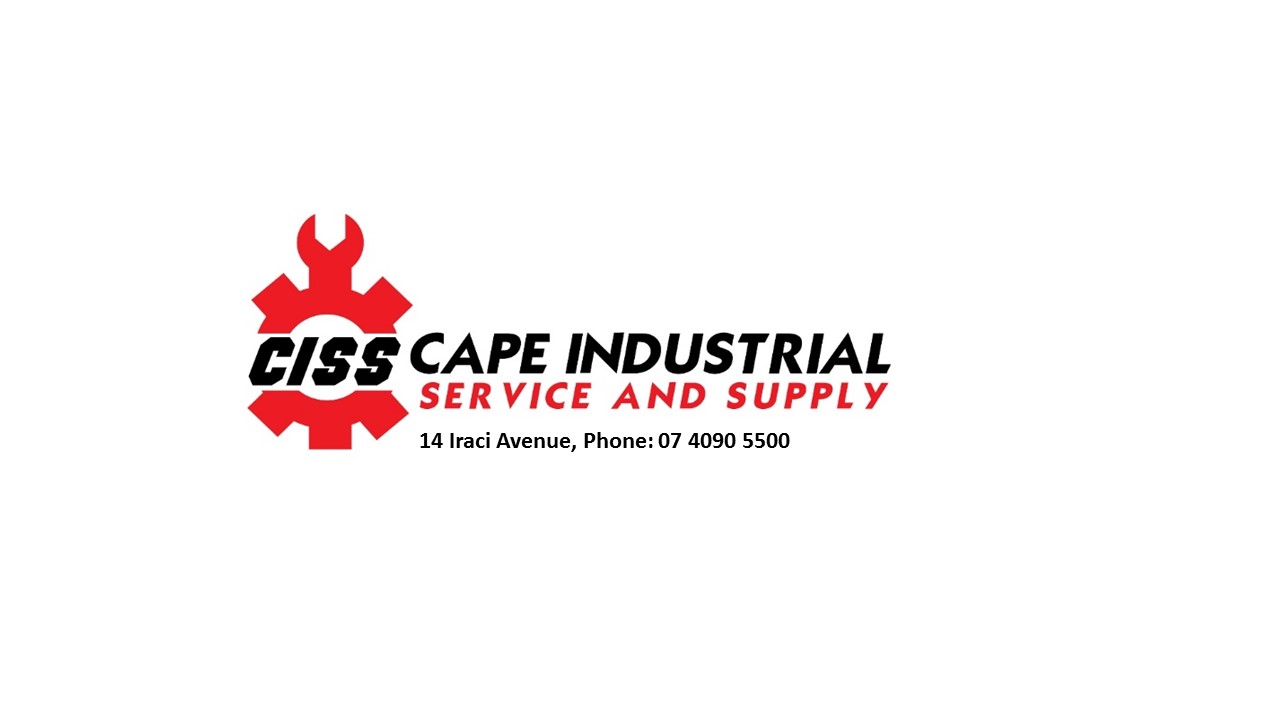Information
-
Document No.
-
Audit Title
-
Client / Site
-
Conducted on
-
Prepared by
-
Location
-
Personnel
ISO 9001:2008 - Quality Management Systems
4.2.4 Control of records
-
Is there a documented procedure to define the controls needed for the identification, storage, protection, retrieval, retention and disposition of records?
-
Are the records legible, readily identifiable and retrievable?
6.2.2 Competence, training and awareness
-
The organisation shall;
-
a) determine the necessary competence for personnel performing work affecting conformity to product requirements
-
b) where applicable, provide training or take other actions to achieve the necessary competence and evaluate the effectiveness of any actions taken
-
c) ensure that it's personnel are aware of the relevance and importance of their activities and how they contribute to the achievement of the quality management objectives
-
d) maintain appropriate records of education, training, skills and experience
7.2 Customer-related processes
7.2.1 Determination of requirements related to the product
-
The organisation shall determine
-
a) requirements specified by the customer, including the requirements for delivery and post-delivery activities<br><br>NOTE: Post delivery include, for example, actions under warranty provisions, contractual obligations such as maintenance services, and supplementary services such as recycling or final disposal.
-
b) requirements not stated by the customer but necessary for specified or internal use, where known,
-
c) statutory and regulatory requirements applicable to the product
-
d) any additional requirements considered necessary by the organisation
7.2.2 Review of requirements related to the product
-
The organisation shall review the requirements related to the product. This review shall be conducted prior to the organisation's commitment to supply a product to the customer (e.g. submission of tenders, acceptance of contracts or orders, acceptance of changes to contracts or orders) and shall ensure that;
-
a) product requirements are defined
-
b) contract or order requirements differing from those previously expressed are resolved
-
c) the organisation has the ability to meet defined requirements
-
Where product requirements are changed, the organisation shall ensure that relevant documents are amended and that relevant personnel are made aware of the changed requirements.
7.2.3 Customer communication
-
The organisation shall determine and implement effective arrangements for communicating with customers in relation to
-
a) product information
-
b) enquiries, contracts or order handling, including amendments
-
c) customer feedback, including customer complaints
8 Measurement, analysis and improvement
8.1 General
-
The organisation shall plan and implement the monitoring, measurement, analysis and improvement processes needed to;
-
a) demonstration conformity to product requirements
-
b) ensure conformity of the quality management system
-
c) to continually improve the effectiveness of the quality management system
8.4 Analysis of data
-
The organisation shall determine, collect and analyse appropriate data to demonstrate the suitability and effectiveness of the quality management system and to evaluate where continual improvement of the effectiveness of the quality management system can be made. This shall include data generated as a result of monitoring and measurement and from other relevant sources.
The analysis of data shall provide information relating to; -
a) customer satisfaction
-
b) conformity to product requirements
-
c) characteristics and trends of processes and products, including opportunities for preventive action
8.5 Improvement
8.5.1 Continual improvement
-
The organisation shall continually improve the effectiveness of the quality management system through the use of the quality policy, quality objectives, audit results, analysis of data, corrective and preventive actions and management review.
8.5.2 Corrective action
-
The organisation shall take action to eliminate the causes of nonconformities in order to prevent recurrence. Corrective actions shall be appropriate the the effects of the nonconformities encountered.
A documented procedure shall be established to define requirements for; -
a) reviewing nonconformities (including customer complaints)
-
b) determining the causes for nonconformities
-
c) evaluating the need for action to ensure that nonconformities do not recur
-
d) determining and implementing action needed
-
e) records of the results of actions taken
-
f) reviewing the effectiveness of the corrective action taken
8.5.3 Preventive action
-
The organisation shall determine action to eliminate the causes of potential nonconformities in order to prevent the occurrences. Preventive actions shall be appropriate to the effects of the potential problems.
A document procedure shall be established to define requirements for; -
a) determining potential nonconformities and their causes
-
b) evaluating the need for action to prevent occurrence of nonconformities
-
c) determining and implementing action needed
-
d) record of results of action taken
-
e) reviewing the effectiveness of the preventative action taken
AS/NZS 4801:2001 Occupational health and safety management systems
4.2 OHS Policy
-
There shall be an occupational health and safety policy authorised by the organisations top management, that clearly states overall OHS objectives and demonstrates a commitment to improving OHS performance.
The policy shall; -
a) be appropriate to the nature and scale of the organisation's risks
-
b) include the commitment to establish measurable objectives and targets to ensure continued improvement aimed at email inaction of work-related injury and illness
-
c) include a commitment to comply with relevant OHS legislation and with other requirements placed upon the organisation or to which the organisation subscribes
-
d) be documented, implemented, maintained and communicated to all employees
-
e) be available to interested parties
-
f) be reviewed periodically to ensure it remains relevant and appropriate to the organisation
4.3 Planning
4.3.2 Legal and other requirements
-
The organisation shall establish, implement and maintain procedures to identify and have access to all legal and other requirements that are directly applicable to the OHS issues related to its activies, products or services, including relevant relationships with contractors or suppliers. <br><br>The organisation shall keep this information up-to-date. It shall communicate relevant information on legal and other requirements to its employees.
4.4.7 Emergency preparedness and response
-
All potential emergency situations shall be identified and emergency procedures documented for preventing and mitigating the associated illness and injury.
-
The organisation shall review, the revise, where necessary, it's emergency preparedness and response procedures, in particular, after the occurrence of incident or emergency situations
4.5 Measurement and evaluation
4.5.1 Monitoring and measurement
4.5.1.1 General
-
The organisation shall establish, implement and maintain documented procedures to monitor and measure on a regular basis the key characteristics of its operations and activities that an cause illness and injury. The effectiveness of these measures shall be evaluated.
Appropriate equipment for monitoring and measurement related to health and safety risks shall be identified, calibrated, maintained and stored as necessary. Records of this process shall be retained according to the organisations procedure.
With regards to the OHSMS, the organisation shall establish, implement and maintain procedures to monitor; -
a) performance, effectiveness of relevant operational controls and conformance with the organisations objectives and targets
-
b) compliance with relevant OHS legislation
4.5.1.2 Health surveillance
-
The organisation shall identify those situations where employee health surveillance is required and shall implement appropriate systems.
-
Employees shall have access to their own individual results
-
Where specified by legislation, the health of employees exposed to specific hazards shall be monitored and recorded.
4.5.2 Incident investigation, corrective and preventive action
-
The organisation shall establish, implement and maintain procedures for;
-
a) investigating, responding to, and taking action to minimise any harm caused from incidents
-
b) investigating and responding to system failures
-
c) initiating and completing appropriate corrective and preventative action
4.5.3 Records and records management
-
The organisation shall establish, implement and maintain procedures for the identification , maintenance and disposition of OHS records, as well as the results of audits and reviews.
4.5.4 OHSMS Audit
-
The organisation shall establish, implement and maintain an audit program and procedures for periodic OHSMS audits to be carried out by a competent person, in order to determine whether the OHSMS;
-
a) conforms to planned arrangements for OHS management including the requirements of this Standard
-
b) has been properly implemented and maintained
-
c) is effective in meeting the organisations policy as well as objectives and targets for continual OHS improvement
-
d) provides information on the results of audits to management and employees
ISO 14001:2004 - Environmental management systems
4.2 Environmental policy
-
Top management shall define the organisations environmental policy and ensure that, within the defined scope of its environmental management system, it;
-
a) is appropriate to the nature, scale and environmental impacts of its activities, products and services.
-
b) includes a commitment to continual improvement and prevention of pollution?
-
c) includes a commitment to comply with applicable legal requirements and with other requirements to which the organisation subscribes which relate to its environmental aspects
-
d) provides the framework for setting and reviewing environmental objectives and targets
-
e) is documented, implemented and maintained
-
f) is communicated to all persons working for or on behalf of the organisation
-
g) is available to the public (eg; company website)
4.4 Implementation and operation
4.4.1 Resources, roles, responsibility and authority
-
Management shall ensure the availability of resources essential to establish, implement, maintain and improve the environmental management system. Resources include human resources and specialised skills, organisational infrastructure, technology and financial resources.
Roles, responsibilities and authorities shall be defined, documented and communicated in order to facilitate effective environmental management.
The organisation's top management shall appoint a specific management representative(s) who, irrespective of other responsibilities, shall have defined roles, responsibilities and authority for; -
a) ensuring that an environmental management system is established, implemented and maintained in accordance with the requirements of this International Standard
-
b) reporting to top management on the performance of the environmental management system for review, including recommendations for improvements.
4.4.3 Communication
-
With regard to it's environmental aspects and environmental management system, the organisation shall establish, implement and maintain a procedure(s) for;
-
a) internal communication among various levels and functions of the organisation
-
b) receiving, documenting and responding to relevant communication from external interested parties

















